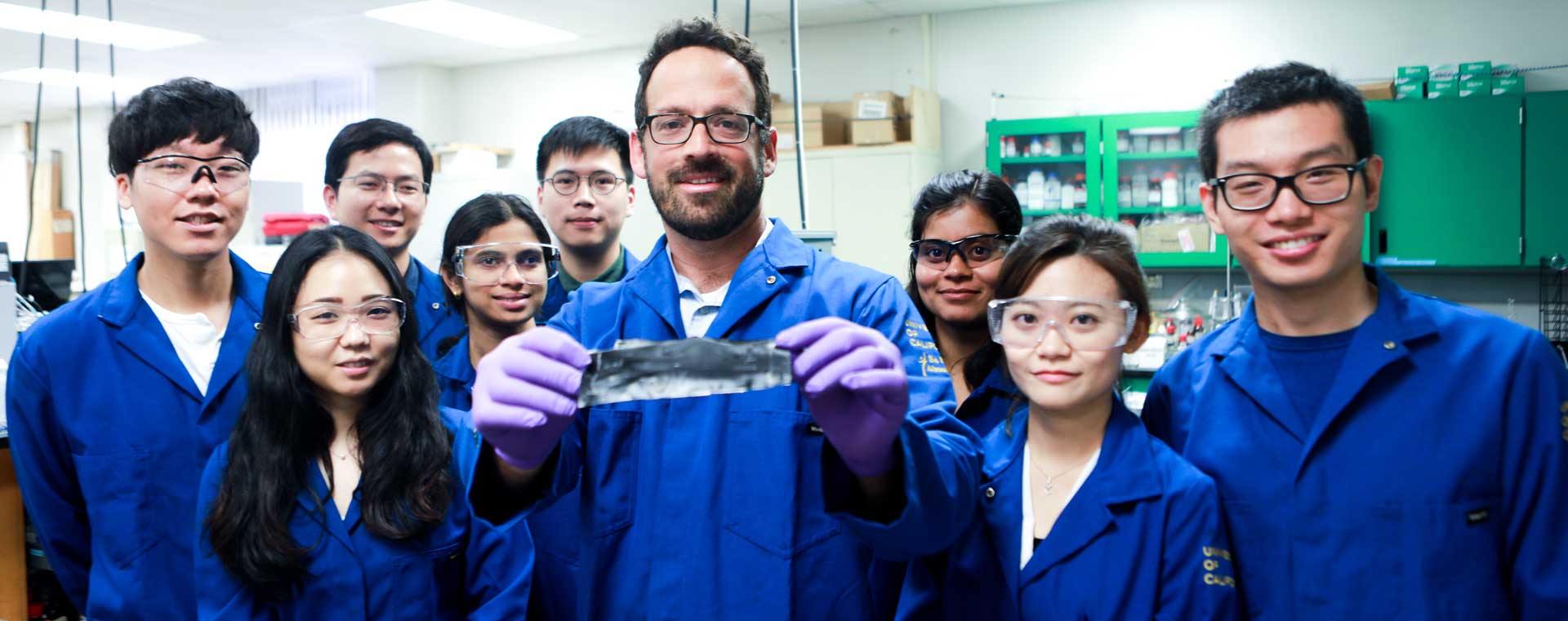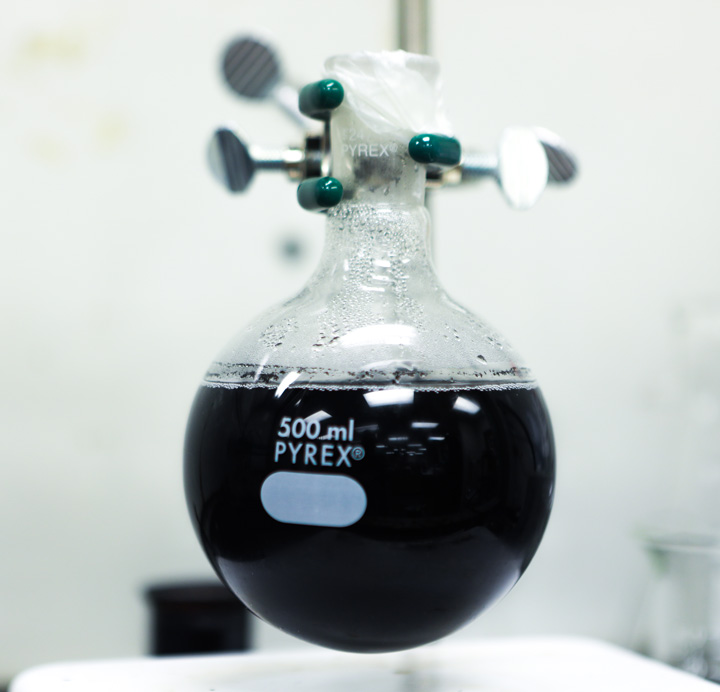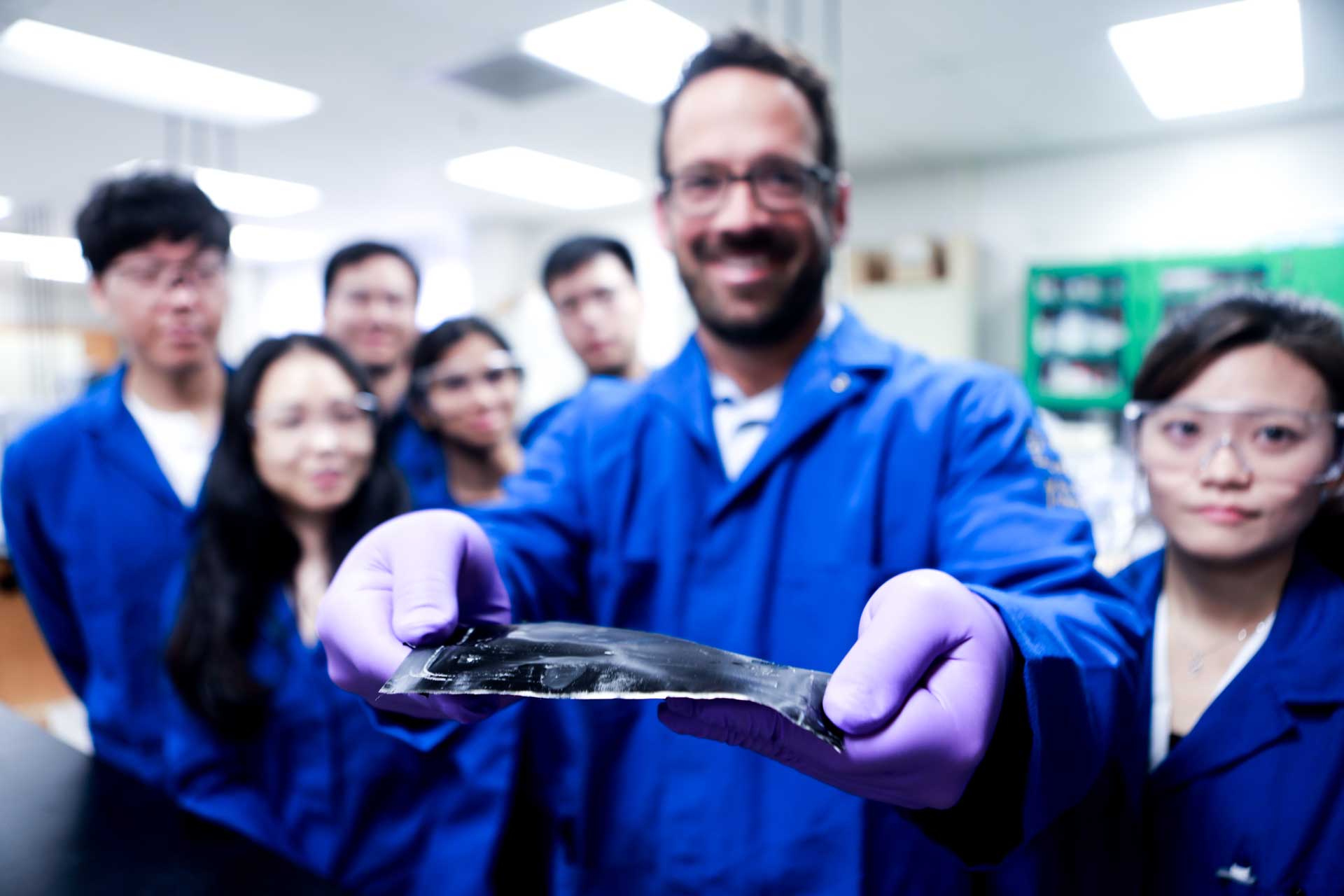
Researchers from the UCLA Samueli School of Engineering, Colorado School of Mines, and the National Renewable Energy Laboratory have received a $2 million grant from the Department of Energy to develop solar-powered desalination membranes that will be used to desalinate high-salinity brines such as those generated by some oil and gas extraction processes.
The new technology is expected to significantly reduce the cost of treating wastewater from hydraulic fracturing, a process that extracts oil and gas from underground reserves that are very difficult to access. It could create useable freshwater by treating the high salinity brine that is a byproduct of this process.

The grant from the department’s Solar Energy Technologies Office brings together researchers with expertise in membrane materials, desalination of highly contaminated water, computer simulations of membrane processes, and thermal energy management.
The membranes are composed of multiple layers of thin composite sheets, each with a distinct function. For example, one layer can enhance thermal and electrical conductivity in a lateral direction, while discouraging conductivity in a vertical direction. This design dramatically increases the energy efficiency of the process and prevents fouling. These membranes would be incorporated into a larger desalination system that includes pre-treatment steps and solar-based heat collection devices to power it.
 “Our technology overcomes two problems currently faced while treating high-salinity oil and gas wastewater with membranes,” said David Jassby, UCLA associate professor of civil and environmental engineering and the principal investigator on the research project. “It dramatically increases the membrane’s thermal efficiency, so it can be powered directly by renewable solar energy to drive the treatment process. It also conducts electricity very well, which prevents the membrane from getting clogged with unwanted chemicals and materials.”
“Our technology overcomes two problems currently faced while treating high-salinity oil and gas wastewater with membranes,” said David Jassby, UCLA associate professor of civil and environmental engineering and the principal investigator on the research project. “It dramatically increases the membrane’s thermal efficiency, so it can be powered directly by renewable solar energy to drive the treatment process. It also conducts electricity very well, which prevents the membrane from getting clogged with unwanted chemicals and materials.”
Additionally, current membranes that treat high salinity brines cost significantly more than the new technology, which promises to cut the cost of water treatment by approximately 80 percent, to $1.50 per cubic meter of water processed on-site, when long-range transportation costs are factored in.
In addition to reduced cost, solar-powered desalination technology is portable and not required to be connected to the electrical grid, which could expand its use.
The research involves both experimental and computational studies at the three participating institutions. It will culminate in a field demonstration of the technology at an oil and gas wastewater treatment facility in California.
This is one of 14 solar desalination projects funded by the Solar Energy Technologies Office. The office supports early-stage research and development to improve the affordability, reliability, and performance of solar technologies on the grid.

